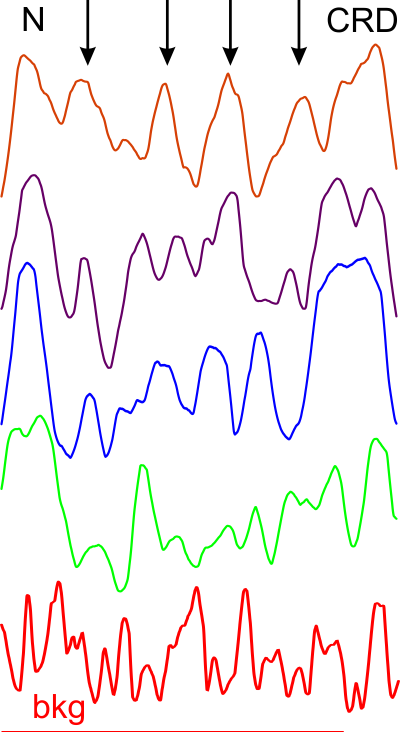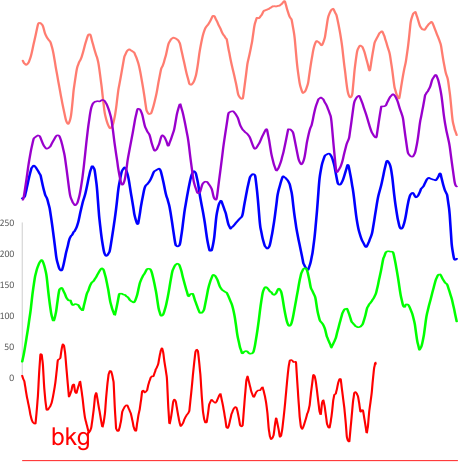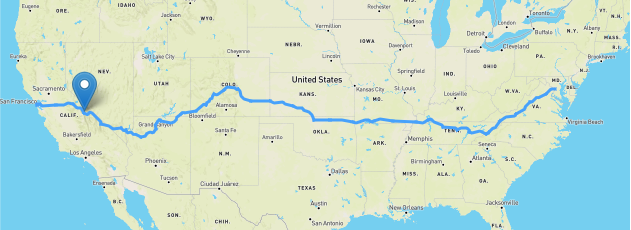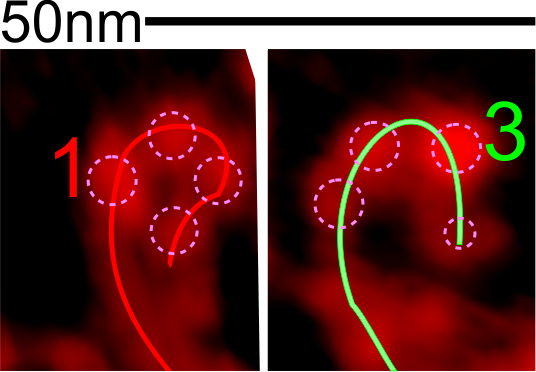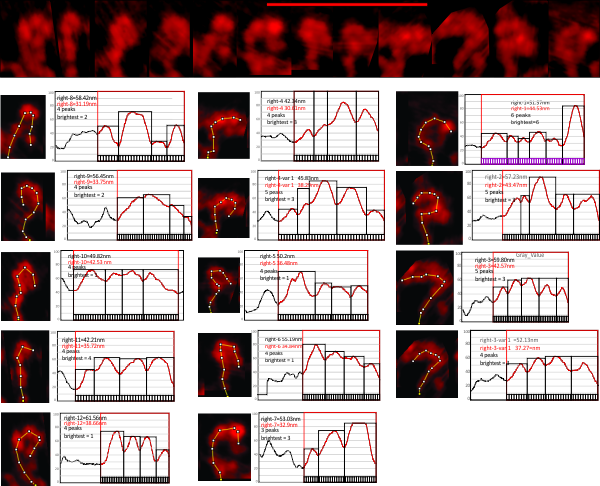I have used CorelDRAW (and early on it was Kodak which had WordPerfect within) since its inception. I did not come by my first copy legally, that I regret, in fact someone presented CorelDRAW 3 to me on 11 pink 3.25 inch floppy discs. I treasured that program, and purchased legally, versions 4, 6, 10, 13, 15 and 19, and encouraged others to purchase it as well. So clearly it was good for them. With CorelDRAW 19 there was a huge change in all aspects of their business that I have come to detest.
The early product (s) which included WordPerfect were wonderful, and they reached out to embrace and be compatible with the stiff-necked and unfriendly Adobe and Microsoft products. I could pretty much convert whatever i did in them back to what the university of cincincinnati demanded that we use. Those early days, Word was terrible.
Now i am so disappointed in the way CorelDRAW abandoned their philosophy – i wont purchase another copy, and i cannot get rid of the dumb-ass popups that appear (after having forced me to lose some of the functions in x5 (which I now know as the sign that if i dont close it, it will crash). What a terrible step backward by a wonderful company, backward into the world of commonality. It is sad. Whats more, the aggressive image, too cartoonish, fearmongering (just like our contemporary society), certainly meant to provoke anxiety (deliberate mind washing) in this really badly designed popup is enough to make one wonder if there are any individuals with civility working there at all. Shame on you CorelDRAW.

